Is sour coffee good coffee? Why is most coffee made by hand sour now?
Now go to the coffee shop for a cup of hand-made coffee. 8 of the 10 coffee beans are sour. This coffee bean is citric acid, and that coffee bean is plum acid. It seems that only sour coffee is the right coffee of this century.
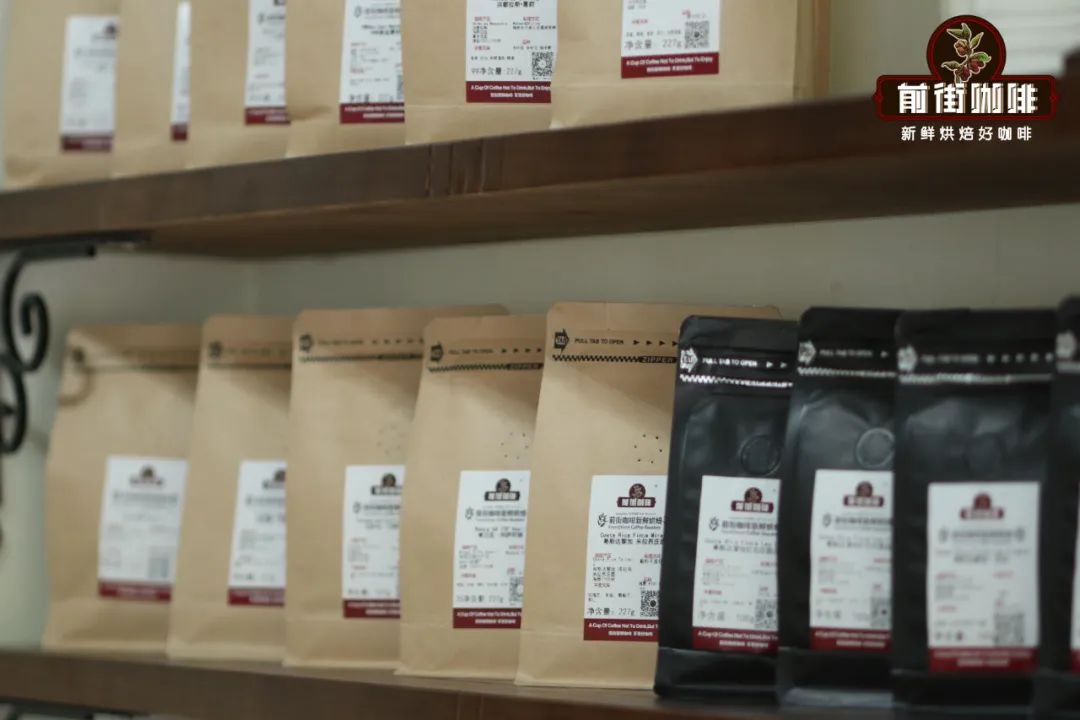
Why do all the hand-brewed coffee tend to be sour? Some elderly guests, their impression of coffee is bitter and fragrant, at that time there are not many analogies of flavor, or this is "coffee flavor". Now all kinds of flower-scented and sour coffee are placed in front of them, just like a new thing, which is no longer what it used to be.

A large part of the rich and varied flavor of today's coffee is due to the change in roasting. One of the main reasons why coffee was bitter in the past was that roasters were used to roasting coffee deeply. Note that there was no such thing as deep roasting or shallow roasting at that time. It's just that mainstream bakers think that the standard for roasting coffee beans is that they have to go through a second burst. Now what we call French baking and Italian baking is a baking degree, and at that time, it was the mainstream baking idea. So no one thought about roasting the coffee beans at that time? Qianjie believes that there are, whether subjective or unexpected, but after all, it is not the mainstream at that time, plus the quality of raw beans at that time is not as exquisite as it is now, and the theory of baking is not yet mature. If the coffee is shallow, "there will be some defective taste", which will be considered a failure of roasting.

Therefore, coffee will taste sour, and a great opportunity is the concept of fine coffee. The original purpose of fine coffee is to distinguish between commodity coffee beans, believing that some good quality coffee beans should not be buried in commodities and should be distinguished separately. Give it its due value.
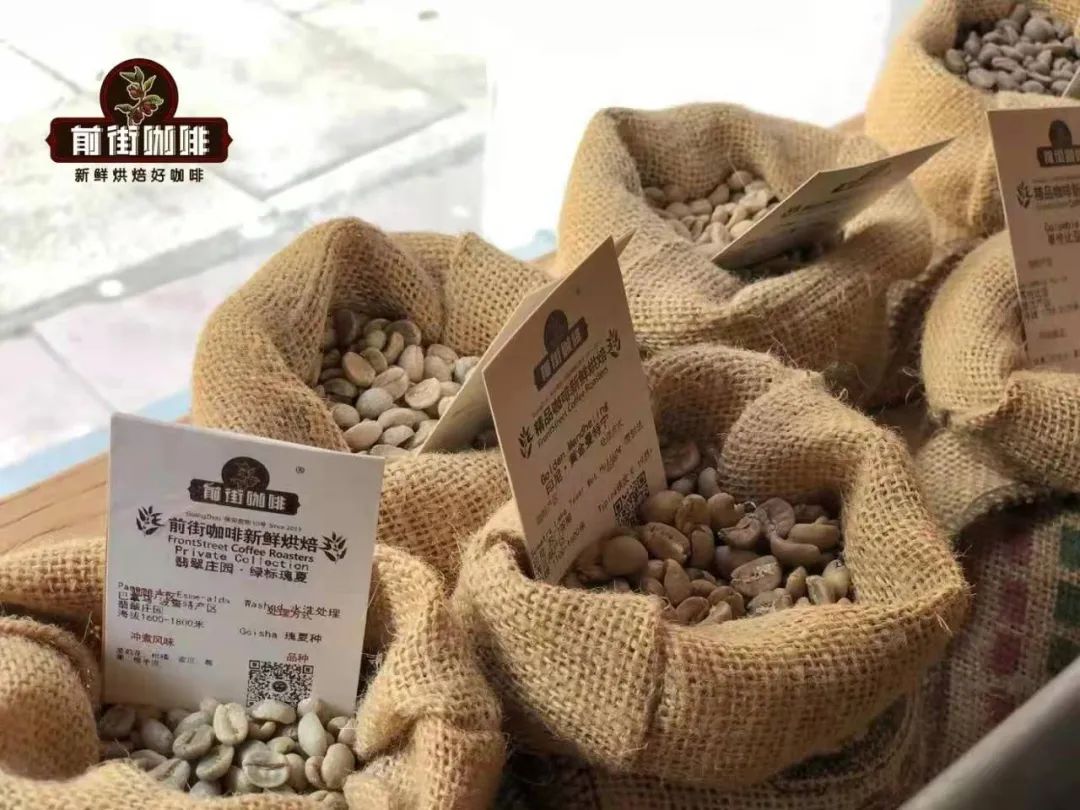
When the quality of coffee beans is good, there is naturally a great change in roasting, but it is often the new forces that drive the historical gear. Compared with old-fashioned coffee such as Italy and France, Nordic coffee appears young and unclassy. I believe everyone has heard of "shallow baking in Northern Europe". In fact, Nordic baking is much lighter for Italian style, but if judged by color value, it is more moderate baking level than light baking as we think today. In other words, the rise of alternative roasting in northern Europe has made coffee taste not only chocolate and nuts, but also floral and sour. From a baking point of view, lightly roasted coffee will show a pleasant sweet and sour fruit, flower aroma. This kind of taste is very suitable for the taste of the public. For some areas that have not experienced the baptism of bitter coffee culture, sour coffee will be more acceptable to everyone.
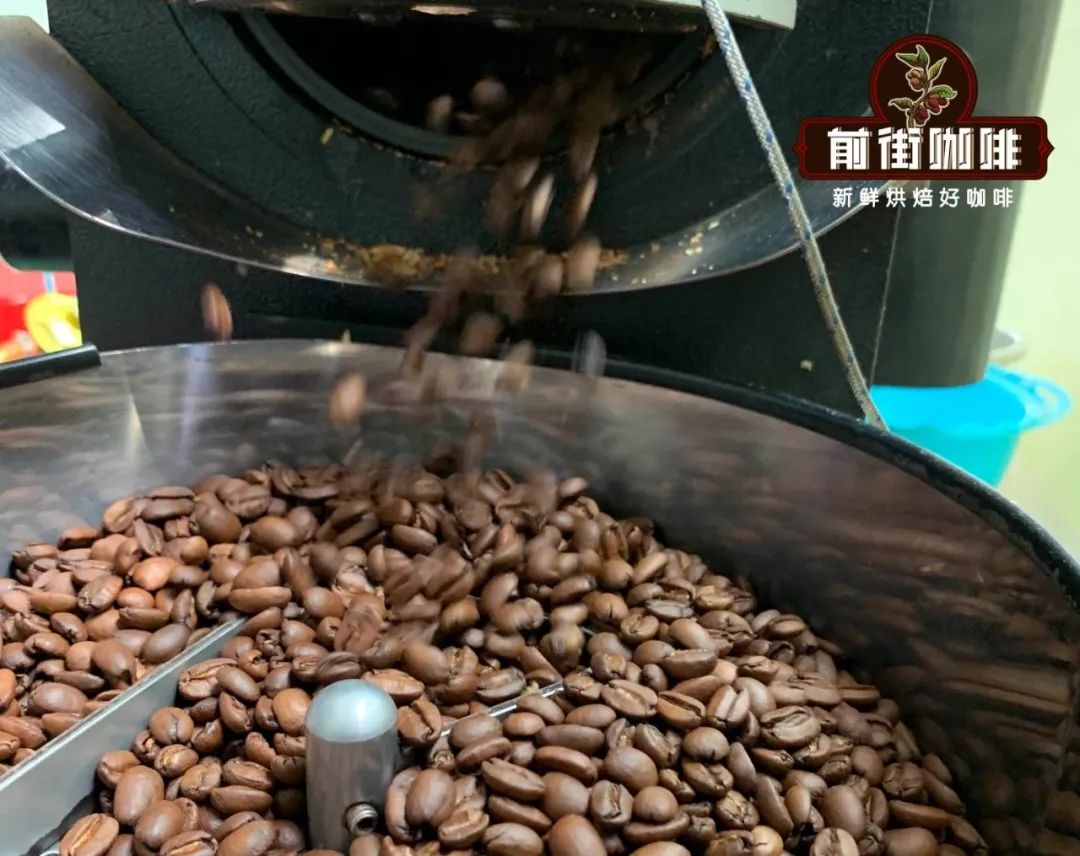
And there is also a subtle reason, that is, although shallow roasting, hand-brewed coffee and fine coffee have different meanings, they all complement each other to adapt to the times. Light baking is the touchstone of coffee beans, some poor quality coffee beans made of light baking will be difficult to swallow. (then "rigorous" reverse deduction, light roasted coffee also ensures the quality of coffee beans. Coupled with market recognition, it is not surprising that most of the coffee beans in boutique coffee shops are sour hand-brewed beans. So sour coffee is good coffee? It's not always sour in coffee, so it's all pleasing. From the point of view of material composition, the acids in coffee are citric acid, malic acid, acetic acid, lactic acid, formic acid and phosphoric acid. Citric acid like lemon, malic acid like red Fuji, lactic acid like lactic acid bacteria, phosphoric acid like carbonated drinks, this kind of sour taste is more pleasant, if you drink the above taste of coffee, it is better coffee.
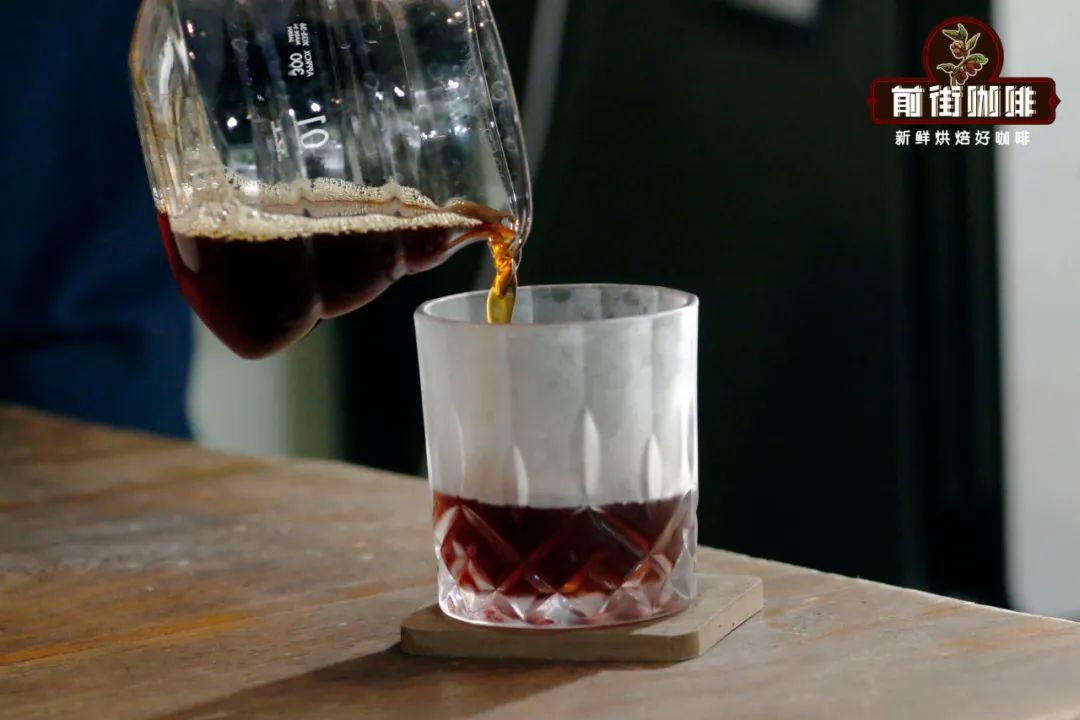
Acetic acid this depends on the situation, if the relatively light fruit acetic acid, can be regarded as excellent acid, if the vinegar taste is too heavy, like aged vinegar, it is regarded as bad coffee. Of course, there is also sharp acid caused by baking or brewing problems, if there is a very obvious citric acid stimulation, and there is no corresponding sweetness neutralization, it is also an unqualified cup of coffee, or acidity caused by anaerobic excessive fermentation, is also undesirable. But such acids are rarely found in mature consumer markets, and such beans are strangled on cup tests.
Important Notice :
前街咖啡 FrontStreet Coffee has moved to new addredd:
FrontStreet Coffee Address: 315,Donghua East Road,GuangZhou
Tel:020 38364473
- Prev

Points for attention in the examination process of Q-Grader raw beans how to distinguish defective coffee beans
CQI Coffee quality Institute's Q-Grader Coffee tasting Test has always been the most stringent and valuable sensory test in the global coffee industry. In this examination, in addition to the higher requirements for the sensory ability of candidates, but also have a certain understanding of the basic knowledge of coffee. Explain,
- Next
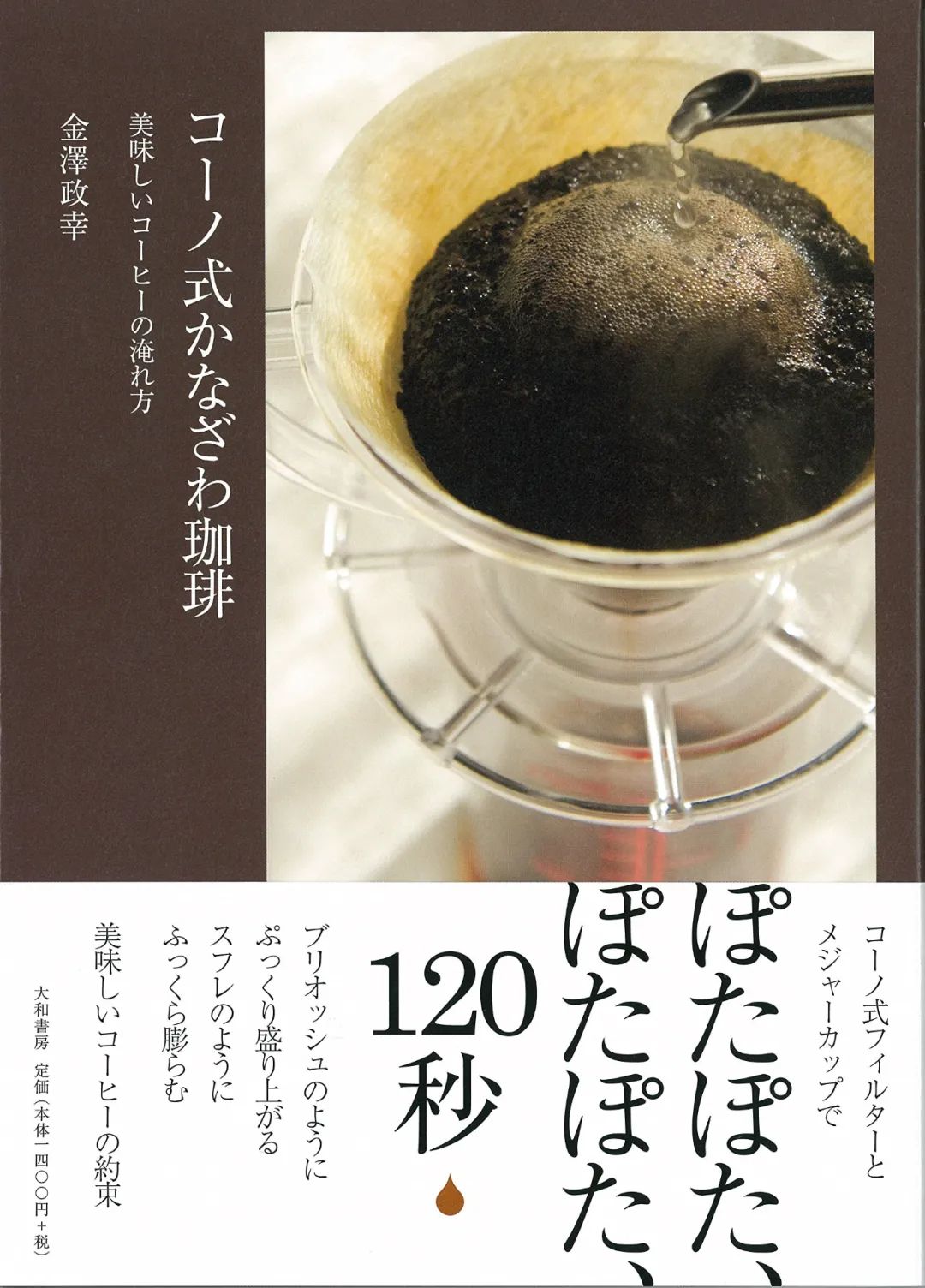
Japanese drip hand-brewed coffee Kanazawa flow chart solution good hand-brewed coffee technique introduction
Before the front street to share Kono drip and Matsuya brewing method, received good response. So this issue will introduce you to an interesting brewing method-Kanazawa style. The Kanazawa style was created by Masayuki Kanazawa, the manager of Kanazawa Cafe, who studied at Kono Coffee School and
Related
- Beginners will see the "Coffee pull flower" guide!
- What is the difference between ice blog purified milk and ordinary milk coffee?
- Why is the Philippines the largest producer of crops in Liberia?
- For coffee extraction, should the fine powder be retained?
- How does extracted espresso fill pressed powder? How much strength does it take to press the powder?
- How to make jasmine cold extract coffee? Is the jasmine + latte good?
- Will this little toy really make the coffee taste better? How does Lily Drip affect coffee extraction?
- Will the action of slapping the filter cup also affect coffee extraction?
- What's the difference between powder-to-water ratio and powder-to-liquid ratio?
- What is the Ethiopian local species? What does it have to do with Heirloom native species?

